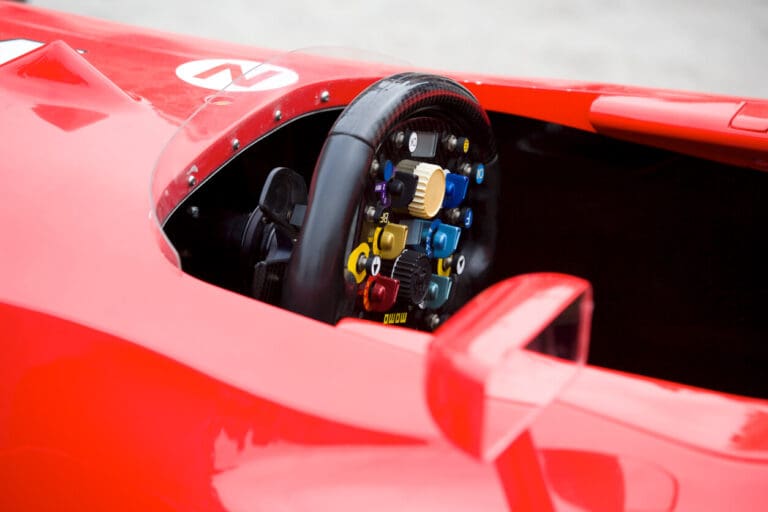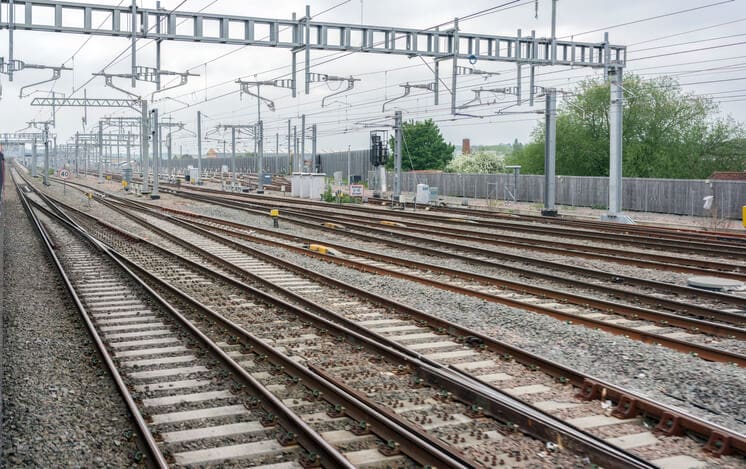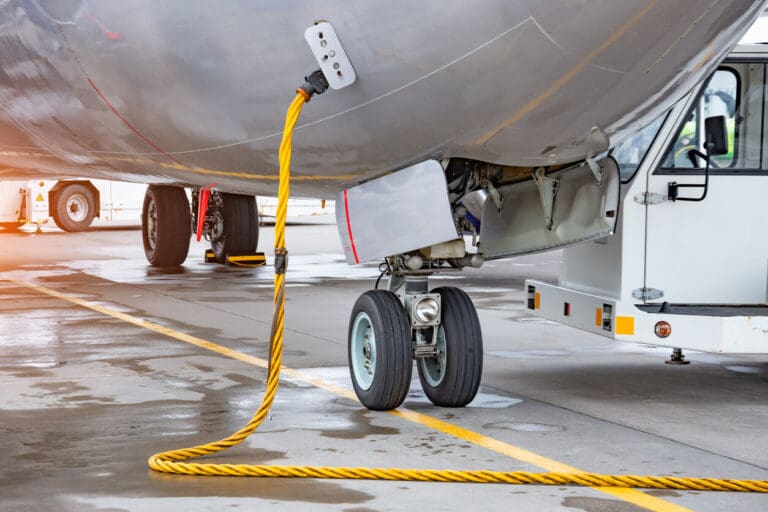
Are Motorsport Cables the Hidden Upgrade Behind Faster Lap Times?
Motorsport teams chase marginal gains in every area of the car, yet many still treat...
Read More
Cable theft is being primarily driven by an increase in the demand for copper. Prices have steadily risen over the past decade, alongside demand, and this has meant more cable thefts to extract what has become a precious commodity. Average prices for copper have doubled compared to a decade ago and this versatile metal is used everywhere, which is why it’s such a target. But there are ways to ensure protection for rail cables to help prevent cable theft.
Given the rise in copper theft in recent years, deterrence measures are vital. It’s essential for any site where there are copper cables to have at least basic defences in place, including 24/7 surveillance. Deterrence can be either passive or active. Passive measures are designed to make it more difficult and costly to steal copper rail cables and active methods will help to catch criminals in the act and provide an alert to the police and owners.
This is the main way to integrate protection into rail cables. These are essentially anti-theft cables that are designed to disguise the copper wire by making it look like less appealing steel wire. These wires are made from smaller tinned copper wires that are grouped together to surround the copper so that, from the outside, the wire looks like steel. Steel wires don’t have the same value as copper when sold as scrap so aren’t likely to be targeted in the same way – but this design means that the cables still function in terms of flexibility and conductivity. This approach can be used in other ways too, for example coating copper busbars in steel so that they look less valuable from the outside.
Given the way in which rail cables are targeted for their copper today, it’s vital to implement protection to prevent cable theft.

Motorsport teams chase marginal gains in every area of the car, yet many still treat...
Read More
The wiring harness is a high-risk single point of failure in any complex system. If...
Read More
The wiring harness is the highest risk, lowest profile element in flight-critical infrastructure. When your...
Read MoreReady to talk cables, fibre or full network solutions? Get in touch with our team today, we’re here to help.